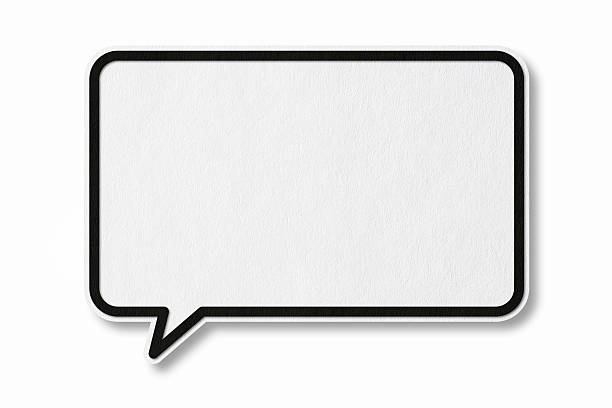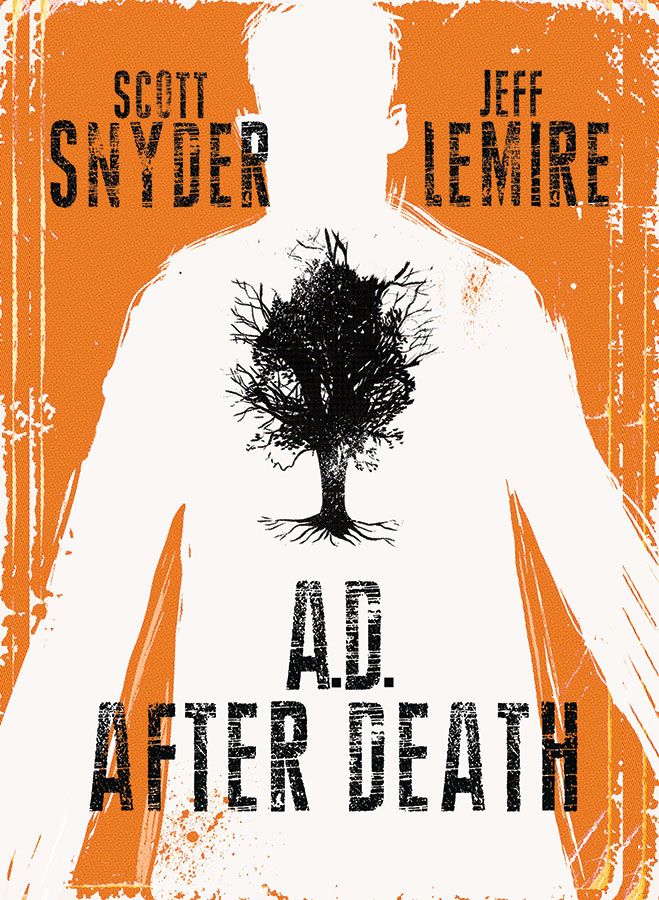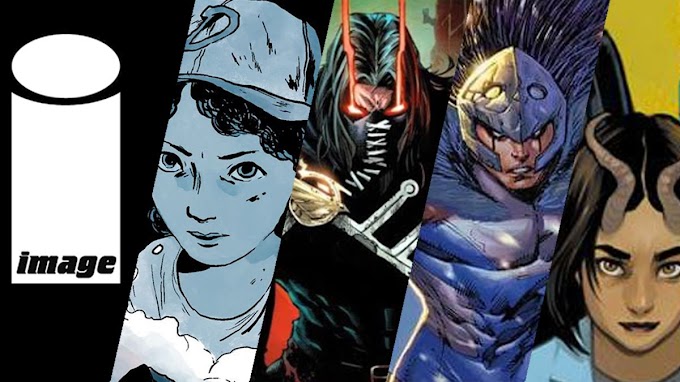To Drink and to Eat: Treats & Tribulations from a French Kitchen: Volume 3
Guillaume Long
Published by Oni-Lion Forge
The last thing that I want to read these days is apocalyptic
or post-apocalyptic fiction. Bonus (negative) points if the apocalypse happened
or is happening due to a virus. Yet every week, it seems like there are more
and more comics that are set in flooded, disease-ravaged, asteroid-impacted
worlds. Look, we’re in the second year of the pandemic, it’s January, and the
sun still sets before 5 p.m. where I live, enough already. So when I saw the
marketing copy for To Drink and to Eat: Treats & Tribulations from a
French Kitchen, I was sold.
I knew that I was in good hands when on an introductory page
that explains various icons, author Guillaume Long adds one called "Mr. Publisher"
that as he explains represents "Spontaneous interjections from Oni-Lion
Forge executives to improves this book's readability, meaning its sales."
The book is a mix of recipes, travel logs, discourses on food, interesting
facts about vegetables and fruits, a guide to spices, and some other
miscellaneous entries, like a dream the author had about dining with former
French president Nicolas Sarkozy.

I will note that one of the typefaces, which is based on
Long’s cursive writing, was a bit hard for me to read, and some of the French
humor doesn't fully translate into English. I haven't read either of the
previous volumes, and while Long does refer to stories and recipes in the
earlier books, new readers should be able to jump straight into the third book.
Be aware that this is a book for mature readers as there's some swearing
(mainly swears that have then been "crossed" out but which are still
readable) and some suggestive content and nudity. It’s likely, however, that
the swearing and occasional bit of nudity may make this book a great read for a
college student or new grad who is into food, travel, and cooking but who could
still use some guidance in the kitchen. I’m planning on buying the earlier
volumes for my brother-in-law who is in his mid-20s and who has a fondness for
cooking and fine wine. Recently while imbibing a glass of wine, he said, and I
swear I’m not making this up, “Ah I’m getting notes of black stone fruit.” But
you don’t have to be a pretentious, young jackanapes to enjoy this book.
While his drawings of figures are fairly simple and
cartoony, the panels where the ingredients for each dish are laid out are so
aesthetically pleasing. Long makes a few remarks about hands, women, and
umbrellas being difficult to draw, and I appreciate his self-deprecating humor.
In one part, instead of drawing his avatar on a horse, he instead draws the
figure hovering a few feet in the air and asks the reader to "imagine a
super well-drawn horse here." But he does do a good job of drawing
landscapes and he is able to convey the rainy atmosphere of Cambremer (a small
town in the Normandy region in northwestern France).
He also occasionally writes about how much his life centers
around food and how sometimes he wishes that weren't the case. Since he is
published in Le Monde, people often believe that he is a journalist/food
critic instead of a comic artist. And he feels a bit guilty about times when
people act deferentially to him in regards to cuisine as he doesn't believe
that he really knows all that much about food and fine dining. But it is clear
after reading all these essays, recipes, tips, and more that he truly does love
food.

I don’t do a lot of cooking, so I'm a poor judge on how
clear and well-written each recipe is. But I do appreciate that he gives
several variations or substitutions for each recipe, and that his measurements
are more suggested values than exact quantities that must be maintained. Long
often tells you what sounds you should be hearing from ingredients when they
are on the stove, and that is likely very helpful for newer cooks. He includes
a number of throwaway jokes about how long it takes to make pie crust or how
lentils seem to take forever to cook, and I think most home chefs will find
themselves nodding in agreement. He also personifies the ingredients
frequently, such as when diced pieces of melon think that they're Yahtzee
cubes. I may not read a lot of recipes or cook books, but I'm pretty sure that
his approach is a bit unusual.
There's a super interesting section on interesting facts
about cashews, bananas, Brussels Sprouts, and saffron. His travels to Madrid
were very enjoyable to read about, I especially liked his sketches of the
different restaurants, and the tales of his adventures there were so funny. Did
he really end up the not-so-proud owner of a taxidermy badger? He also takes us
through the process of making cider in Normandy, and describes lesser-known
vegetables and how to prepare them.
This was the perfect book to curl up with on a dark, cold
winter day. It reminded me of the pleasures of fine dining and the wonders of
traveling. I found myself laughing—a lot—but also finding recipes that looked
really interesting. Now I know that I need to seek out the earlier two volumes.








